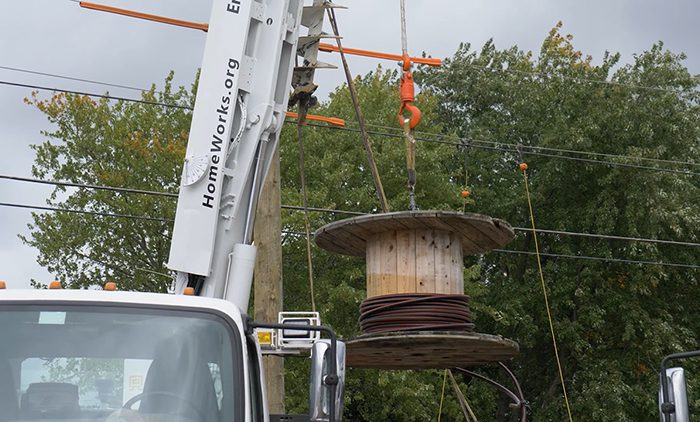Online Traffic Growth Prodding Providers to Upgrade Fiber Networks
Nicholas Carney
|

The COVID-19 pandemic has created a sharp increase in internet traffic and the demand for broadband service. But that trend was already well established before the outbreak. Networking technology provider ADTRAN held a webinar yesterday suggesting transitioning strategies to save costs as networks, including rural providers, transition to the next generation of fiber networks that will be necessary to meet demand.
Most fiber networks operating today are on the Gigabit Passive Optical Network (GPON) platform, with 2.5 Gbps capacity downstream and 1.25 Gbps upstream. Those networks are likely to run out of capacity within the next three to 10 years, based on the rate of traffic increase in various parts of the country. Many networks already have begun the transition to other fiber platforms, especially 10 Gigabit Symmetrical (XGS-PON) technology delivering 10 Gbps in both directions.

During the webinar, Javier Lopez, ADTRAN’s director, Product Line Management, showed the pictured graph indicating that adoption of XGS-PON (in the red bars) is on the verge of overtaking GPON. As XGS-PON deployment grows, Lopez said that that XGS-PON costs are coming down rapidly, with the return-on-investment period on XGS-PON deployments nearly at parity with GPON.
At the same time, many broadband providers already have large investments in GPON. Widescale upgrades could be costly. For them, Lopez said that ADTRAN has developed a “combo optimal line termination” (OLT) solution. “It is an OLT that can handle both technologies at the same time with the same PON, same port, and the same fiber,” he said. Enterprise companies, regional carriers, municipal broadband providers and electric co-ops all have various cost-saving motivations for using the transitional technology, he said.
“[Electric co-ops] is a very particular case where they have a mission to make the grid smarter. They have very sophisticated network devices to minimize power outages to homes,” Lopez said. Some co-ops will have fiber connecting substations while others will extend a backbone fiber network into home internet service, substantially increasing need for capacity. “This is another example where you can have GPON or you can go into combo OLT technologies at the same time,” he said.
In other cases, rural providers might be building fiber networks into greenfield developments or areas never served by broadband providers. It will often make sense to build XGS-PON from the beginning in those areas, he said.
The Fiber Broadband Association hosted the webinar. FBA said that it would make a recording of it available to its members.
